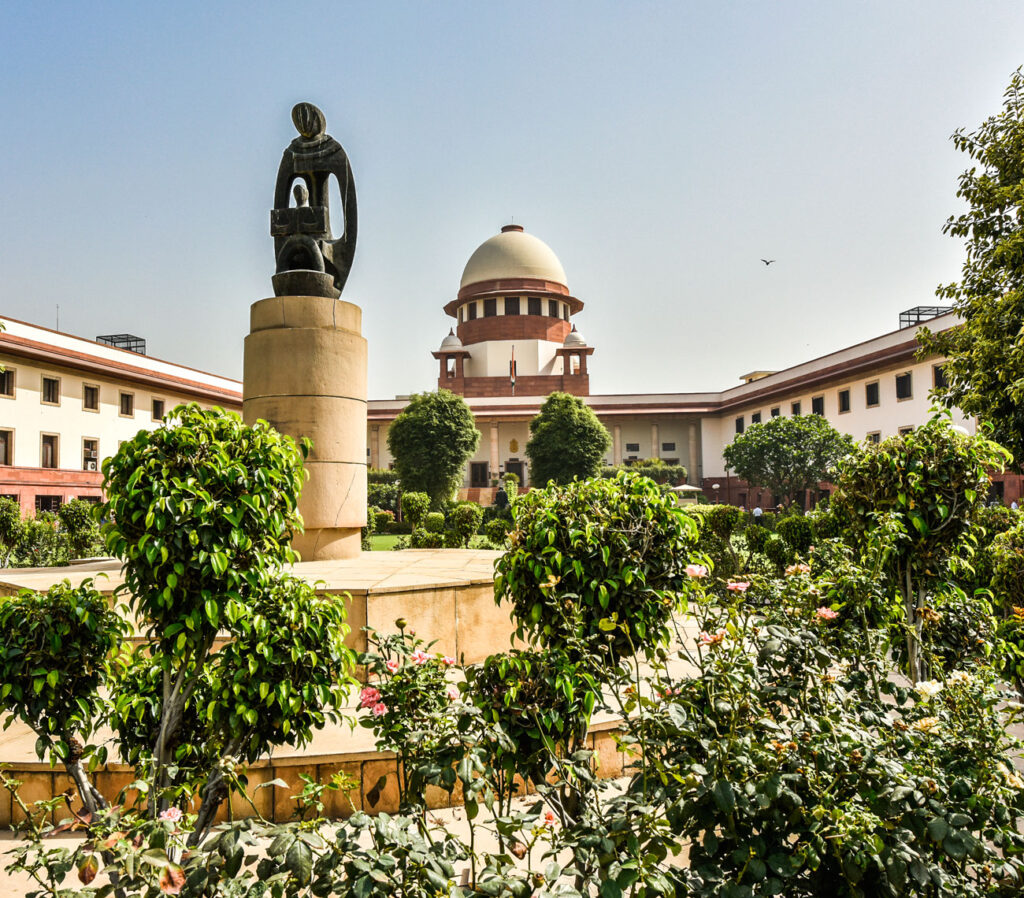J. Venkatesan
New Delhi
Informal interactions of judges with journalists were very frequent before the advent of social media.
Judges are now scared to speak to journalists as they are afraid that anything they say will be published in the media and more often than not, twisted out of context.
I am one of the privileged few to have met successive CJIs and judges in the higher judiciary.
During many such meetings, many judges used to share sensitive information on collegium appointments, about the functioning of judiciary in general and certain judges in particular.
They were confident that nothing they say will be published and that any journalist privy to several such “privileged’ information will not use the information against them.
In my columns, I repeatedly drew the court’s attention to the non-representation of women in the top court for nearly four years from 2006 to 2010, after the retirement of Justice Ruma Pal.
One day, I received a call from the then CJI on a weekday (local holiday for court in the national capital) to come to his residence in the forenoon. So, I went there.
After a short discussion on current topics, the CJI shifted his attention to my article that appeared on that day on women judges.
I had referred to the name of at least one lady Chief Justice of a High Court who could be considered for elevation to the Supreme Court.
The CJI asked me: “You want this judge to be appointed? It is not that the collegium has not considered her case.”
He then asked his secretary to connect him to the Registrar General of that High Court to find out whether the High Court Chief Justice was available.
The Secretary got a reply that the Chief Justice was “yet to come to the court though it was past 12 noon.”
The CJI then gave me a couple of instances when the lady judge concerned was late even to official meetings and her colleagues had to wait for her to turn up.
For a variety of reasons, the collegium has not recommended her this time for elevation, the then CJI explained. The decision to drop her had its repercussions.
The Union Law Ministry returned the file relating to the Supreme Court collegium’s recommendation to elevate her junior as a top court judge for certain clarifications.
The then President of India wanted to know whether seniority had been overlooked in the rejection of the lady judge as by then, the President had received a complaint as to how male judges were allegedly favoured.
The complaint pointed out that though the total strength of judges in the Supreme Court was increased from 25 to 31 to accommodate at least two women judges, not even one had been appointed.
It is understood that the collegium in its reply assured the President that the lady judge concerned would be elevated at the next collegium meeting.
After this clarification, the President cleared all pending appointments.
The collegium later elevated the lady judge to the Supreme Court. As a Supreme Court judge, the lady continued to come late to the top court and invariably the hearing of cases was delayed.
She believed that my repeated writings on the issue of appointing women judges to the top court had helped her and broke her silence towards the fag end of her tenure.
“Do you know the reason for my coming late to court? My husband needs medical attention. Only after attending to him, I leave for the court. For his sake, I am not even shifting to the official residence and staying in my own house. The CJI is aware of this.”
“You (media) write all sorts of things. As a judge, I cannot answer media criticism. But I am sharing my agony with you,” she said.
She was also pained when one newspaper described her “daughters” as a “liability” after assets and liabilities of all judges were put out on the Supreme Court website.
The judge served in the Supreme Court after Fatima Beevi, Sujata Manohar, and Ruma Pal, who retired in June 2006.
(This story is intended to highlight the manner of functioning of the collegium system. Names have been consciously withheld)

